Increasing Industrial Safety Standards
The Pressure Safety Valve Market is experiencing a surge in demand due to the increasing emphasis on industrial safety standards. Regulatory bodies are implementing stringent safety protocols to mitigate risks associated with pressure systems. This trend is particularly evident in sectors such as oil and gas, chemicals, and power generation, where the potential for catastrophic failures necessitates robust safety measures. As a result, manufacturers are compelled to innovate and enhance their product offerings to comply with these regulations. The market is projected to grow at a compound annual growth rate (CAGR) of approximately 5.2% over the next five years, driven by the need for reliable safety solutions that meet evolving industry standards.
Rising Demand from the Oil and Gas Sector
The Pressure Safety Valve Market is significantly influenced by the rising demand from the oil and gas sector. As exploration and production activities expand, the need for effective pressure management systems becomes paramount. Pressure safety valves play a critical role in safeguarding equipment and personnel from overpressure situations. The oil and gas industry is projected to account for a substantial share of the market, driven by ongoing investments in infrastructure and technology. In 2025, it is estimated that the sector will contribute nearly 40% of the total market revenue, highlighting the importance of pressure safety valves in maintaining operational integrity and safety.
Technological Innovations in Valve Design
Technological innovations are reshaping the Pressure Safety Valve Market, leading to the development of advanced valve designs that enhance performance and reliability. Innovations such as smart valves equipped with IoT capabilities allow for real-time monitoring and predictive maintenance, thereby reducing downtime and operational costs. These advancements are particularly appealing to industries that require high levels of precision and safety, such as pharmaceuticals and food processing. The integration of new materials and manufacturing techniques is also contributing to the durability and efficiency of pressure safety valves. As these technologies continue to evolve, they are expected to drive market growth, with an anticipated increase in adoption rates across various sectors.
Expansion of Chemical Processing Industries
The expansion of chemical processing industries is a key driver for the Pressure Safety Valve Market. As these industries grow, the need for effective pressure control systems becomes increasingly critical to ensure safe operations. Pressure safety valves are essential in preventing overpressure scenarios that could lead to hazardous situations. The chemical sector is expected to witness a robust growth trajectory, with an estimated CAGR of 4.8% over the next five years. This growth is fueled by rising demand for chemicals in various applications, including agriculture, pharmaceuticals, and consumer goods. Consequently, the pressure safety valve market is likely to benefit from this expansion, as manufacturers seek to enhance safety measures in their operations.
Focus on Energy Efficiency and Sustainability
The Pressure Safety Valve Market is also being driven by a growing focus on energy efficiency and sustainability. Industries are increasingly adopting practices that minimize waste and reduce energy consumption, leading to a demand for pressure safety valves that support these initiatives. Enhanced efficiency in pressure management not only contributes to operational cost savings but also aligns with corporate sustainability goals. As companies strive to meet environmental regulations and consumer expectations, the integration of energy-efficient safety valves is becoming a priority. This trend is expected to propel market growth, with a projected increase in the adoption of sustainable technologies in the coming years.


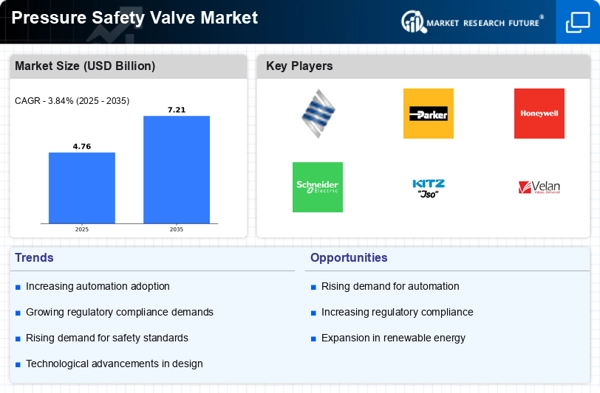
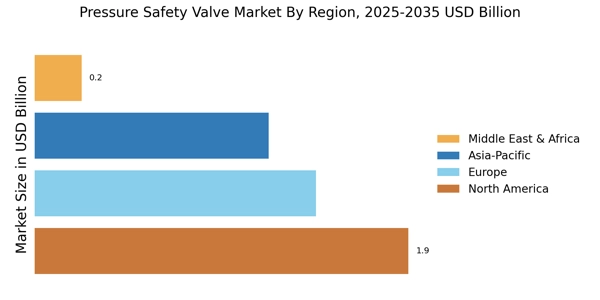
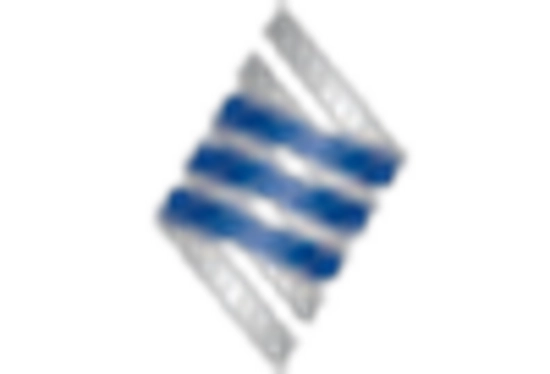

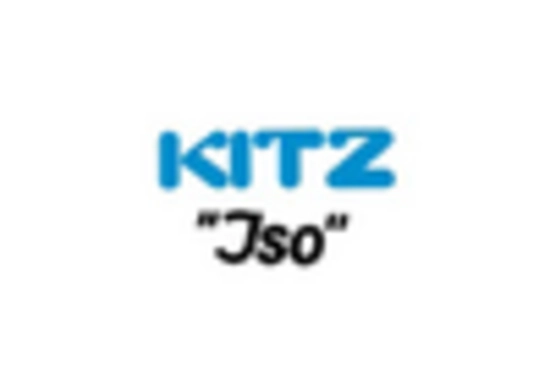
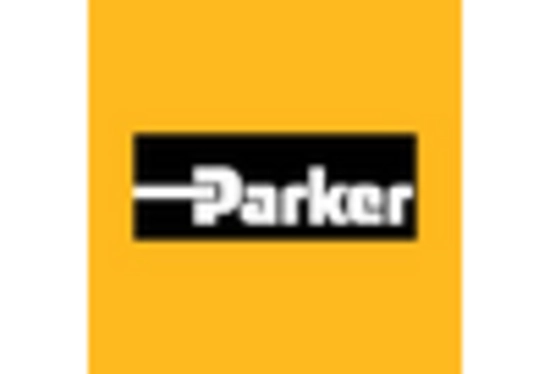

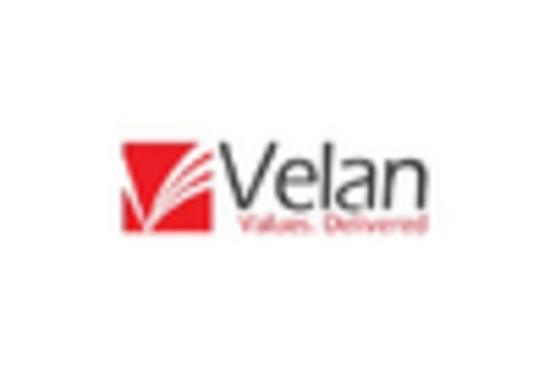








Leave a Comment